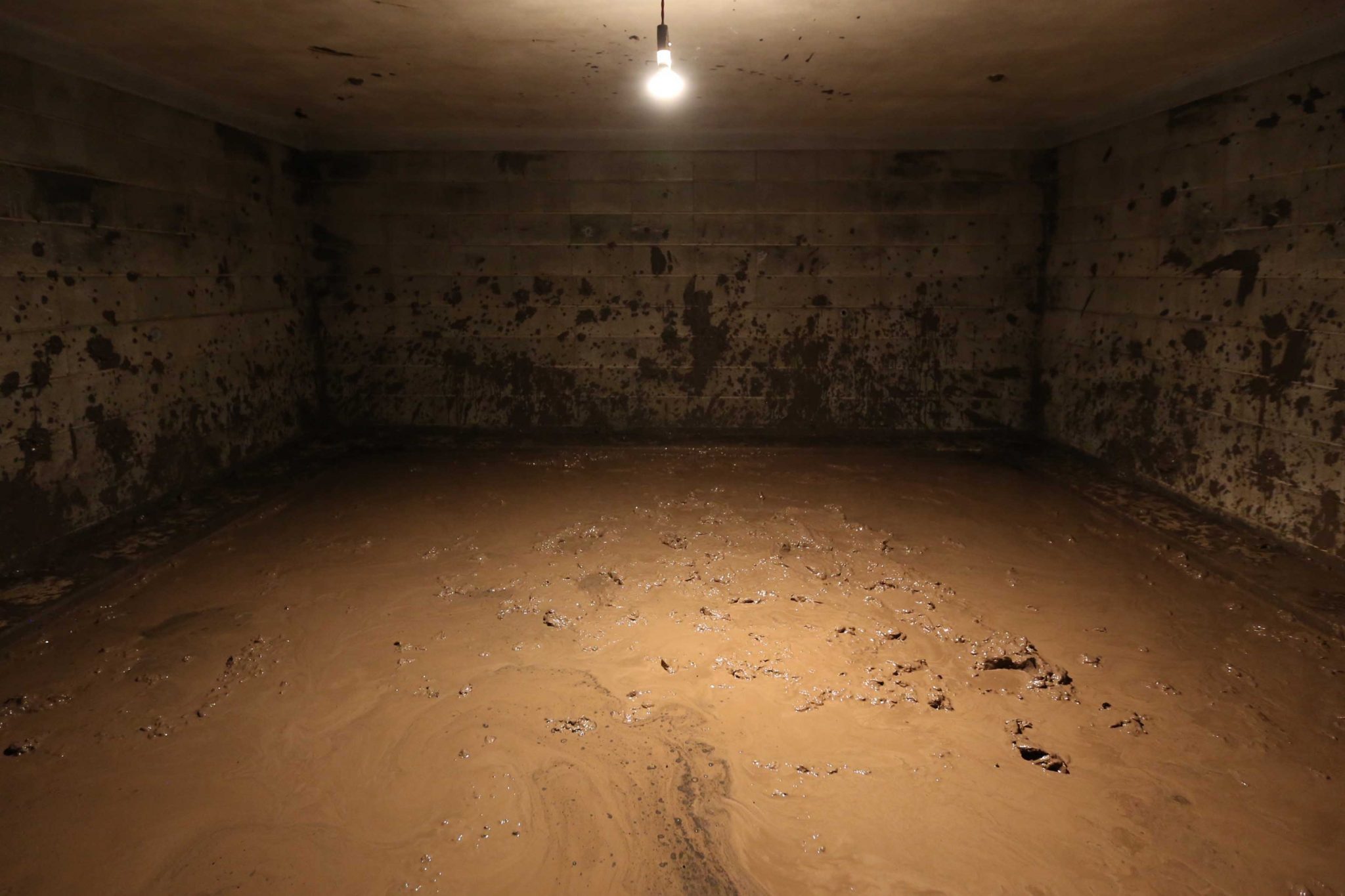Despite its apocalyptic title, this year’s Yokohama Triennale is anything but an exploration of a depressing endgame for art. Although some of that is there (in, for example, Gregor Schneider’s moist and musty basement-style room filled with mud). Nor is it a simple echo of Ray Bradbury’s cry against censorship in the celebrated novel from which part of that title is borrowed (despite the rather clunky inclusion of Dora García’s Fahrenheit 451 (1957), 2002, an edition of 2,000 copies of the novel printed as a mirror image). Rather, it embraces forgetting, destruction and failure as essential components of the creative process, and a productive inspiration for the creation of artworks.
Curated by Yasumasa Morimura, who is best known for a particular style of appropriation art in which he blends his own face and body into iconic images from art history and popular culture, the Triennale distinguishes itself for its apparent focus on the art that he simply likes (not least in a section of the Triennale titled ‘Monologues by Enfants Terribles’, which collects works by Joseph Cornell, Alina Szapocznikow and Andy Warhol, along with the seductive inks and watercolours of Chiyuki Sakagami – about whom this reviewer knows little, but intends to find out a lot more (a feeling that’s one of the pleasures of attending these kinds of exhibition) – as well as an ambition to gather a collection of works under an overarching conceptual umbrella. The result might be best termed a productive confusion. While Morimura’s construction of the show in 11 ‘chapters’ indicates a strong sense of narrative, within that is an equally strong sense of his arguing that decisions relating to art’s value lie as much in an individual as they do in a social consciousness (and unspoken within that are issues relating to market, popular and ideological values). Indeed, as if to emphasise all this and, in particular, the curator’s apparent disdain for the kind of loudmouthed, monomaniacal and evangelistic tone that seems to characterise many biennials and other such art jamborees these days, the opening chapter is titled ‘Listening to Silence and Whispers’ and features reductive works by the likes of Kazimir Malevich, John Cage, the excellent Stanley Brouwn and others. As well as the first of what will, as you travel through the exhibition, become a series of bizarrely poetic, yet refreshingly personal and almost antipedagogical introductory wall texts, this one beginning: ‘When we see an overwhelmingly beautiful landscape or when an unbearably sad thing happens to us, we lose our words and become speechless…’
It’s a bit of a contradiction, then, that the works that take centre stage at the Triennale’s two main venues are both brash and almost excessively theatrical. Michael Landy’s Art Bin (a gigantic transparent tub, originally installed at the South London Gallery in 2010, into which people are invited to climb a staircase and then dramatically dispose of unwanted or unsuccessful artworks) stands at the centre of the first, the Yokohama Museum of Art. While Miwa Yanagi’s Mobile Stage Truck (2014), a Taiwaninspired and fabricated, gaudily decorated trailer created as a set for Yanagi’s production of her play based on Kenji Nakagami’s 1984 roadtrip novel, Nichirin No Tsubasa (Wings of the Sun), which transforms (not too unlike a Transformer toy) into an even more garishly decorated and illuminated dancefloor and performance stage (complete with bobbing disco ball), provides an attention-hogging counterpoint at the Shinko Pier Exhibition Hall. And although there’s an overwhelming sensation that these works are included to cover the fact that a big show like this one (which contains over 400 artworks) needs to garner an equally large amount of public attention, the works are not entirely off-message. Indeed, perhaps they demonstrate, more than anything else, precisely the kind of contradictory and idiosyncratic selections that give a sense of openness to the Triennale as a whole.
Located between the extremes of Landy’s and Yanagi’s contributions are works such as Yuko Mohri’s I / O – Chamber of a Musical Composer (2014), in which the artist takes a band organ bequeathed to her by the late musician Victor C. Searle (who moved to Japan in the 1950s) and reconfigures it into a system that generates a score by detecting the dust particles brought into the gallery by visitors (and is exhibited next to, as much in competition as in sympathy with, three relatively silent paintings of ordinary objects – among them ropes and sacks – by Zhang Enli), as well as the more familiar (at least to a Western visitor) videos of Bas Jan Ader and Jack Goldstein transforming the ordinary into the extraordinary (attempting to fall from a tree branch and banging a table until a stack of coins falls off it, respectively), or a couple of fragments of Danh Vo’s We The People (2010–13), a copper replica of the Statue of Liberty broken down into around 250 pieces.
Visiting the whole lot in a day can make it seem like something of a blur, and the sheer volume of work shown in some of the exhibition spaces might suggest that this is deliberate, but ultimately you go away with a sense that this exhibition has served to articulate a notion of oblivion as a space of unpredictable (and occasionally utterly random) potential as much as it is a space of overwhelming emptiness.
This article originally appeared in the October 2014 issue
